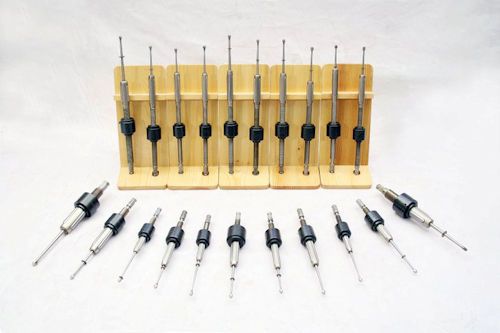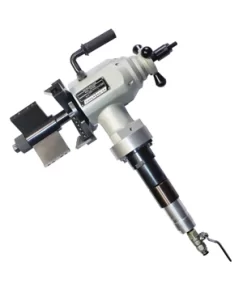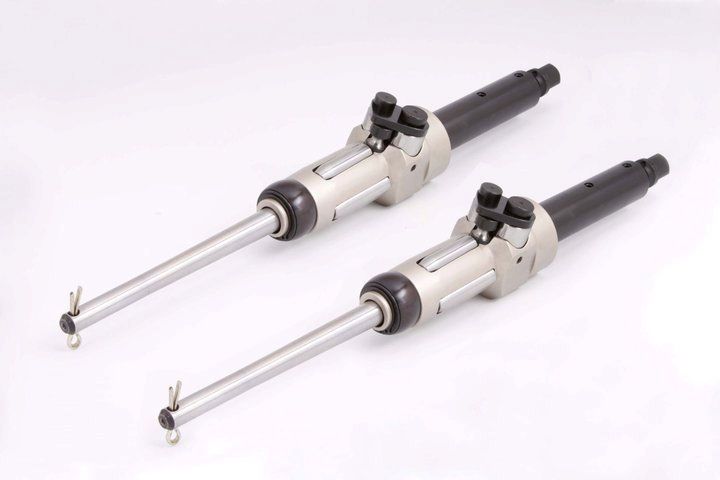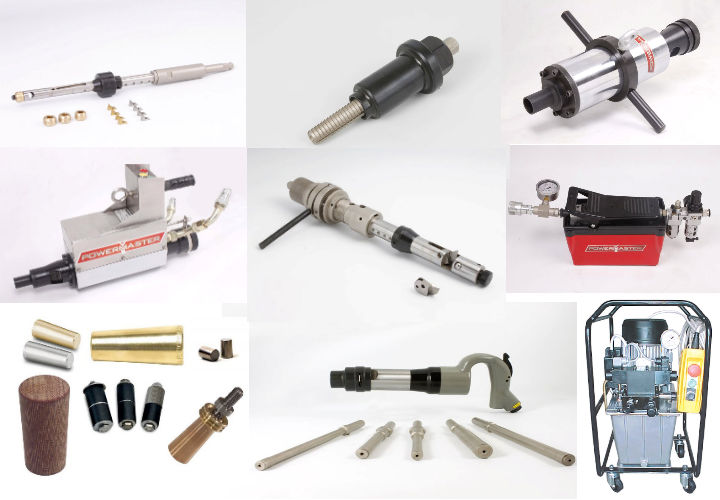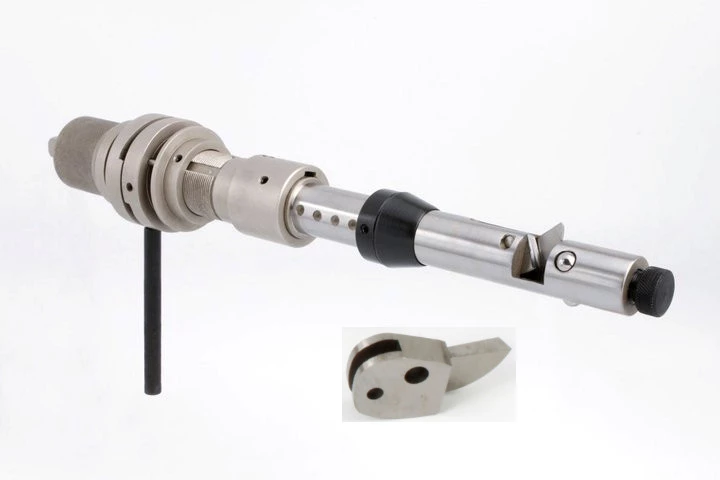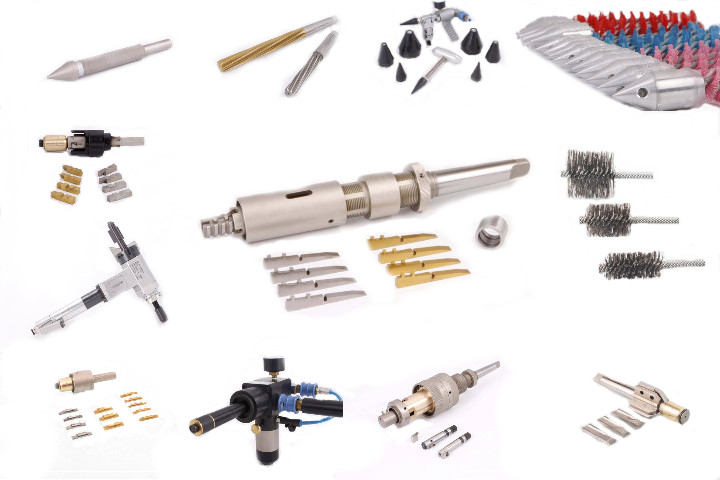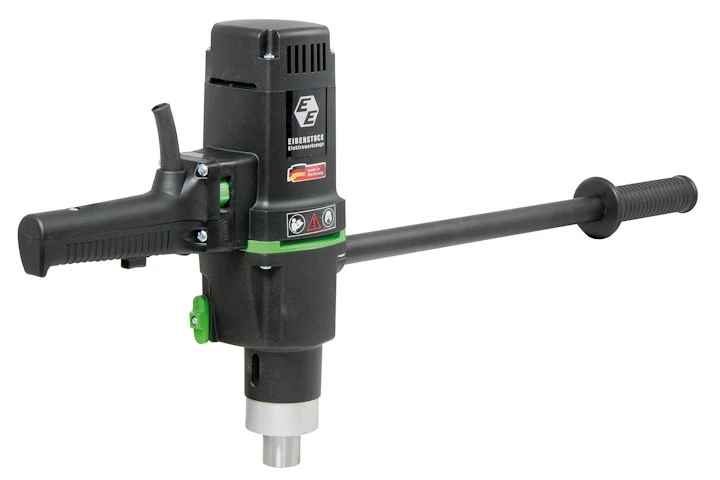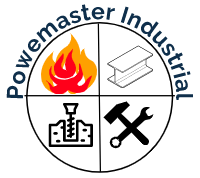Retubing Boilers and Heat Exchangers
Introduction to the Replacing of Boiler Tubes

Retubing boilers and heat exchangers. Commercial and industrial boilers have many benefits for businesses. They are more durable, lasting longer with less maintenance. Proofed to be more energy-efficient and more reliable than residential boilers. They are customizable to meet the specific needs of a business. They can provide a large amount of hot water output or steam. Thus making them ideal for businesses that need constant power. Additionally, commercial boilers can help businesses to reduce their carbon footprint. This then improves their environmental impact.
This page is a guide for those seeking the procedures to remove and replace tubes. It applies to boilers, heat exchangers, condensers, and oil coolers. These processes can be quite labour-intensive. Tube removal often accounts for over 75% of the total labour cost. To succeed, you must understand how to remove and replace tubes. The task at hand involves cutting, pulling, and rigging tubes. Additionally, we will also cover repair techniques such as tube plugging and sleeving. This page aims to provide useful information on tube-related procedures. This information will help you complete your project. It is useful for contractors, engineers, and technicians.
Logistics associated to Retubes
Logistics need to come into play. Manpower considerations to complete on time and within budget are critical. Experienced lead hands in all aspects of tube removal and rolling new tubes. You need to confirm what power, pneumatic or electric is available. What are the boiler room burning and welding procedures? Level of third-party liability required. Availability of the new tubes, tube OD and BWG and lead time to get them on-site. In a sub-basement, do we need confined space procedures in place? Confirm welder’s qualifications are up to date. Who will be shutting down the boiler? Who supplies the technician for this? Confirmation with the stationary/steam engineer will confirm who has this responsibility.
Tooling
Availability of specialized tooling. To buy or to rent can be lead times of up to six weeks. This is why we carry all standard boiler tube expanders in stock. Consider rental of the rolling motors unless you intend to continue “R” Stamp work. Powermaster Industrial rents rolling motors, electric and pneumatic. If you need to order, see the Links below. The same applies to the rental of pullers and rolling motors.
Further reference can be found: www.boilertubeexpanders.com
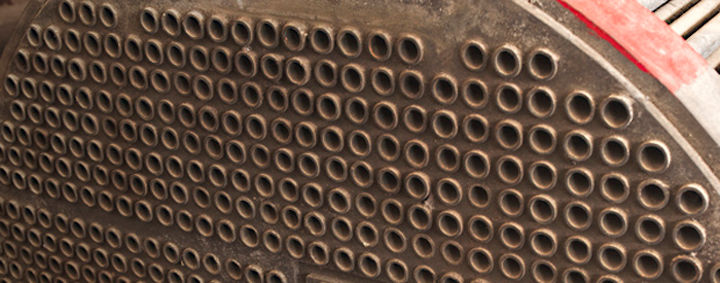
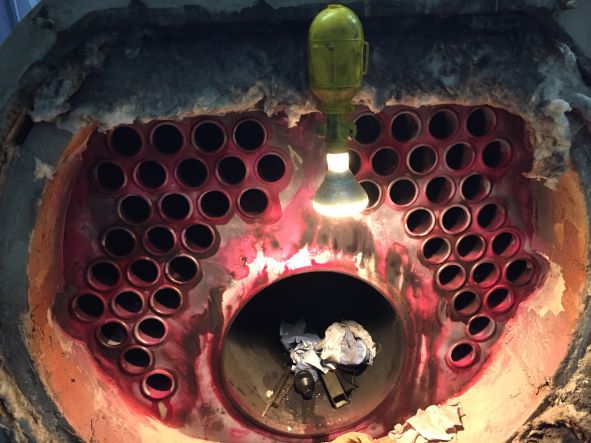
Types of Tubing for Retubing Boilers and Heat Exchangers
Difference Between ERW and DOM tube
ERW (Electric Resistance Welded)
The nomenclature ERW refers to a specific type of welding process. Involving both spot and seam welding. Seam welding, used during the manufacturing of round, square and rectangular steel tubing. The steel strip is first uncoiled and is side-trimmed to control width. Furthermore, conditioning of the edges for welding takes place. The strip then passes through a series of contoured rollers. At the same time cold-form the material into a circular (square or rectangular) shape. The edges, forced together under pressure, form a butt joint. After forming the joints are then welded.
Meanwhile, by heating the material to above 2000° F, the joint becomes complete. The flash weld that has formed is now removed from the outside diameter of the tube. Once testing is complete, the tube then passes through a series of sizing rolls. This final process attains its precise finished size. Afterwards, the tube is then straightened and cut to length.
The material used in the manufacturing process is SAE 1010 or its equal. This product is available in Cold Rolled steel (CREW) for 0.060” wall and lighter. Hot Rolled steel (HREW) for 0.083” wall and heavier. Removing the flash weld inside the tube is a necessity for boiler tube.
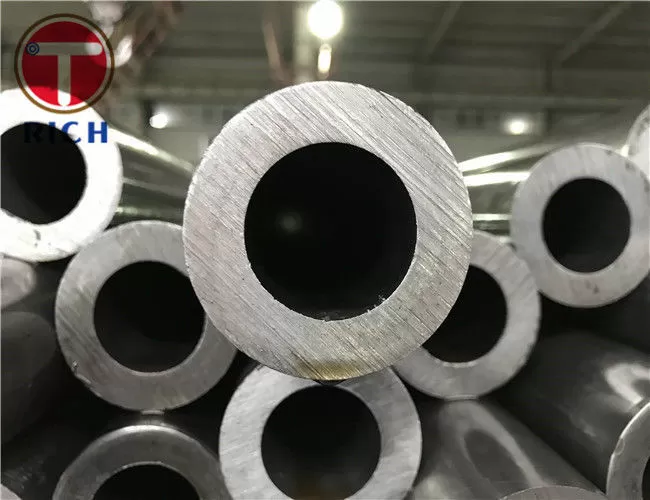
DOM (Drawn Over Mandrel)
DOM is not a type of steel tube, but rather the process for finishing the tube. A high-quality tube constructed from SAE 1020 or 1026 steel or their equal. Meanwhile, the first stages of manufacturing are identical to ERW. Yet, in the finishing stages, the tube is cold-drawn over a mandrel. Thus, the cold-drawn process provides the tube with better dimensional tolerances. Finally, improved surface finish and stronger weld strength are achievable. DOM is often referenced as a “seamless tube”. When it does have a seam (although it is almost invisible).
Different Ways of Removing Boiler Tubes
Spear pulling uses a spear or stud inserted into a heat transfer tube. It is then removed with a hydraulic or pneumatic pulling system. This is for smaller tubes or tubes that are not welded or expanded.
Use knockout tools for removing tubes from the tube sheet. This method is more efficient for thick-walled tubes.
Torching involves cutting the tube using oxyacetylene equipment. This is the last resort when other means have failed. Caretaking in cutting the tube avoids damaging the tube sheet.
Induction heating is another method to remove tubes. This involves using an induction coil in the tube to heat the tube. Then, using a hydraulic or mechanical force, push or pull the tube stub out. This method is often used for tubes that are difficult to access or remove through other methods. Used on mud and steam drums and thick tube sheets. A favourite choice of the nuclear industry.
It is important to note that the method used for tube removal will depend on several factors. Such as the size and type of tube, and the condition of the tube and tube sheet.
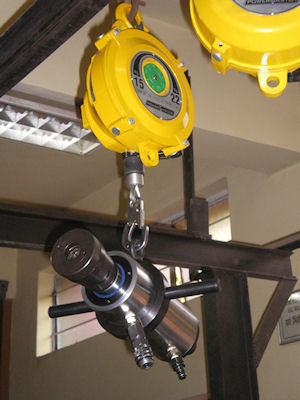
Hydraulic Tube Puller
Major Causes of Tube Leaks
Tube leakage causes are due to under-rolling and over-rolling. Likewise incorrect tube sheet preparation and differential thermal expansion. Improper expansion can pose difficulties for both the manufacturer and the repair serviceman.
Under-Rolling
Under rolling is inadequate tube expansion. The complete filling of the tube sheet hole is necessary for the proper amount of wall reduction. It is better to under-roll than to over-roll.
Over-Rolling
Over-rolling exceeds the required expansion of the tube’s inner diameter. This percentage of wall reduction is not necessary for the ultimate tube joint. Over-rolling can do considerable damage to a vessel. It will decrease the dimensions of the ligament between tubes and weaken this bridge. Once weakened, this causes a reaction in all ligaments surrounding that weak ligament. If we decrease the strength of the ligament the tube next to the rolled tube will leak.
Over-rolling also distorts tube sheets or drums thus forming oval holes. It will also cause diametrical expansion which is the increase of the tube sheet or drum. Over-rolling may cause a tube sheet to bow or warp. To correct this. Place stay rods in the vessel and position the tube sheets back to their original position.

